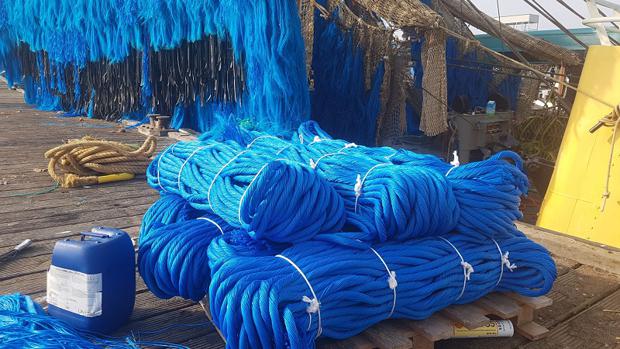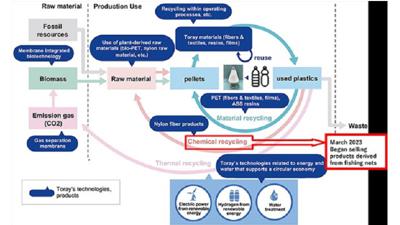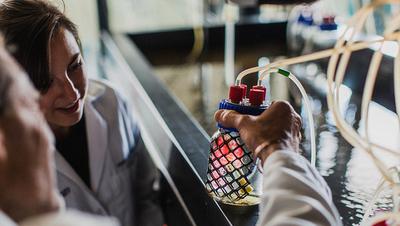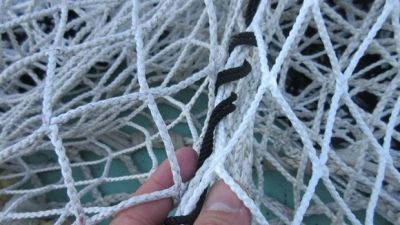Senbis

Conventional Dolly Rope (Source: Senbis)
In recent decades, the rise of plastic pollution has become a major threat to the health of Earth’s oceans. According to a reports by the Dutch NGO ‘stichting de Noordzee’, fishing net protection known as “Dolly rope” is the biggest source of waste found on the Dutch shores, which was a conclusion after 20 years of monitoring. These ropes are used to protect fishing nets dragging over the sea bottom, and as a result wear off resulting in plastic pollution.
For this reason, Senbis has developed a marine degradable alternative. In cooperation with the Dutch government (Rijkswaterstaat) and fisherman’s association (Visned), field tests have been executed (on 5 fishing boats simultaneously). The parties are now investigating financing and organizing even larger tests, allowing Senbis to optimize the product and upscale production.
Senbis Polymer Innovations B.V., Emmen/Netherlands, is currently investigating the correlation between biodegradation and mechanical properties in an EU-funded scientific project called "PolyBioDeg". The project is a collaboration between Senbis and the University of Amsterdam (UVA), Amsterdam/Netherlands, under the Horizon umbrella, and it is funded through Marie Skłodowska-Curie Actions Postdoctoral Fellowship (MSCA-PF). The project aims to explore the “structure-properties of melt-spun bioplastic fibers in correlation with their biodegradation behavior and mechanical performance”. The research will be led by Dr. Mohammadreza Naeimirad, who has experience in fiber melt-spinning and has worked at ITA in Aachen/Germany, EMPA in St. Gallen/Switzerland, and NSCU in Raleigh, NC/USA.
For this reason, Senbis has developed a marine degradable alternative. In cooperation with the Dutch government (Rijkswaterstaat) and fisherman’s association (Visned), field tests have been executed (on 5 fishing boats simultaneously). The parties are now investigating financing and organizing even larger tests, allowing Senbis to optimize the product and upscale production.
Senbis Polymer Innovations B.V., Emmen/Netherlands, is currently investigating the correlation between biodegradation and mechanical properties in an EU-funded scientific project called "PolyBioDeg". The project is a collaboration between Senbis and the University of Amsterdam (UVA), Amsterdam/Netherlands, under the Horizon umbrella, and it is funded through Marie Skłodowska-Curie Actions Postdoctoral Fellowship (MSCA-PF). The project aims to explore the “structure-properties of melt-spun bioplastic fibers in correlation with their biodegradation behavior and mechanical performance”. The research will be led by Dr. Mohammadreza Naeimirad, who has experience in fiber melt-spinning and has worked at ITA in Aachen/Germany, EMPA in St. Gallen/Switzerland, and NSCU in Raleigh, NC/USA.



